The study of fundamentals is a crucial part of investment and a key component in learning about the behavior of company stocks. When we talk about fundamentals, we refer to the underlying factors that determine the actual value. The primary indicators play a more significant role in the stock market than technical analysis or price action.
You can apply technical analysis to trade stocks, but you need to recognize which assets are the most beneficial to invest in. Many experts study the markets by only using fundamental analysis, and if you can master this, you can become highly successful.
Luckily for us, these experts have put their knowledge in books rated the best in the industry. We took the opportunity to review these publications by well-known financial experts on your behalf.
Top 1. Security Analysis by Benjamin Graham
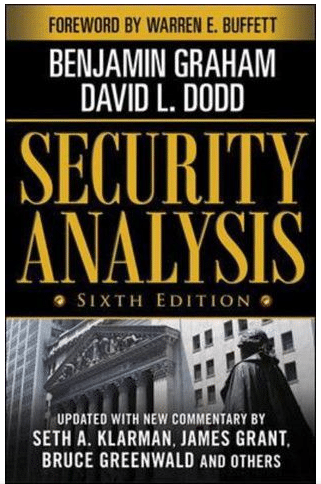
Benjamin Graham was an expert in the field of economics, professor, and seasoned investor. With his colleague David L. Dodd, he wrote the book Security Analysis. The original issue was penned soon after the 1920 stock market crash and published in 1934.
The book explains value investing and Graham’s margin-of-safety belief. Furthermore, it illustrates the study of investment psychology, financial statements, different kinds of securities, structuring an investment, and how the stock market changes.
Experts recommend the second edition issued in 1940 is a must-read since it has many real-world examples. Chapter two, which many readers find valuable, studies a company’s quantitative and qualitative data to help you obtain excellent returns in the long term.
Furthermore, the publication discusses corporate finance and economic analysis. Since its first publication, there have been six versions, and the work is still widely popular among investors and traders.
Top 2. The Intelligent Investor by Benjamin Graham
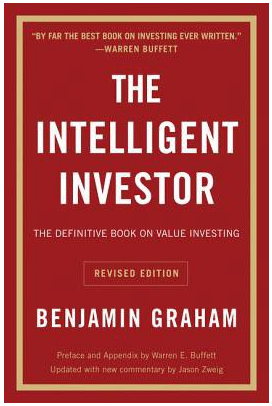
The author, Benjamin Graham, wrote the book The Intelligent Investor and published it in 1949. In this publication, Graham covers all investment types. It also explains how present financial statements are helpful to analyze a company’s future performance.
The book teaches essential stock performance metrics like earnings per share, management team analysis, and stock selection. One of the crucial learnings from this book is that a stock has an intrinsic value because it is part of a company.
As an investor, when you purchase shares, you should buy when it’s below the intrinsic or actual value. This way, you buy at a discounted rate and stand to profit more.
The second key learning is that the market moves from highs to lows, and investors shouldn’t be concerned about the market’s behavior but rather take advantage of the opportunity when the market makes these highs and lows.
Top 3. Learn to Earn by Peter Lynch
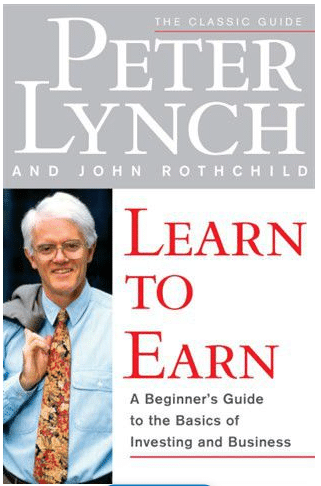
Peter Lynch is a well-known investor. At 33, he took over the Magellan Fund for Fidelity and managed it for 13 years. The book explains how investors study and invest in companies of the products that we use daily.
By studying this book, anyone from a school student can learn how to analyze stock tables and annual reports. It also delves into why we should pay close attention to the stock market.
Learn to Earn explains not only investment strategies but how to adapt your thinking as an investor. Lynch’s idea was that you should invest from a young age, hold your investment for as long as possible, and not panic when the market is volatile.
He also teaches that the money you invest should be money that you don’t need so that you can leave for the long term in your portfolio. Furthermore, the book covers the power behind reinvesting your dividends to grow your portfolio.
Top 4. Common Stocks and Uncommon Profits Philip Fisher
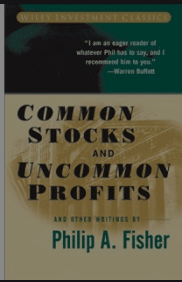
A highly praised investor, Phillip Fisher, published his book Common Stocks and Uncommon Profits in 1958. In the financial world, Phillip Fisher was considered a pioneer due to his unique approach to investing.
He researched past performance to determine the future outlook of a stock.
In the book, Fisher shares a 15-point checklist which he says a company must meet most of the checks for a good investment. One of the checks is that a company must have an expanding market.
An example of this would be autonomous driving or machine learning, which is the current trend in technology and an evolving market.
Another unusual belief was that dividends don’t matter and that a company’s growth is more important. They should instead reinvest the dividends to drive the growth rate at a swift pace.
Top 5. Fundamental Analysis for Dummies by Matt Krantz
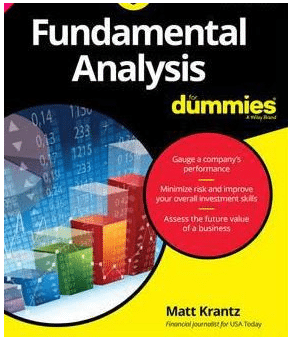
Matt Krantz targets the novice investor in his book Fundamental Analysis for Dummies. It covers the concept of fundamental analysis in detail but in a simplified manner so that the reader can comprehend the idea thoroughly.
The first publication of this book was in 2009. The book covers the stock’s earnings reports with topics like earnings per share, price-to-earnings ratio, yields, and price to book.
It further teaches you how to analyze a stock’s past performance to predict future movements.
Matt Krantz is a financial journalist, and he specializes in investment-related topics. The book is a good read for novice investors or students interested in fundamental analysis and financial investments.
Final thoughts
As new investors, reading these books is an advantage to your learning process. They share valuable content; the authors are very successful investors who shared their knowledge with us.
Fundamental analysis of the stock market is far more critical than any other aspect since it is a way to determine a stock’s fair value. This analysis reflects the financial health of the organization. Furthermore, we can predict future outlook by understanding this data.
Understanding the concepts shared in these books will give any investor an edge and immense opportunities to grow wealth in the long term.